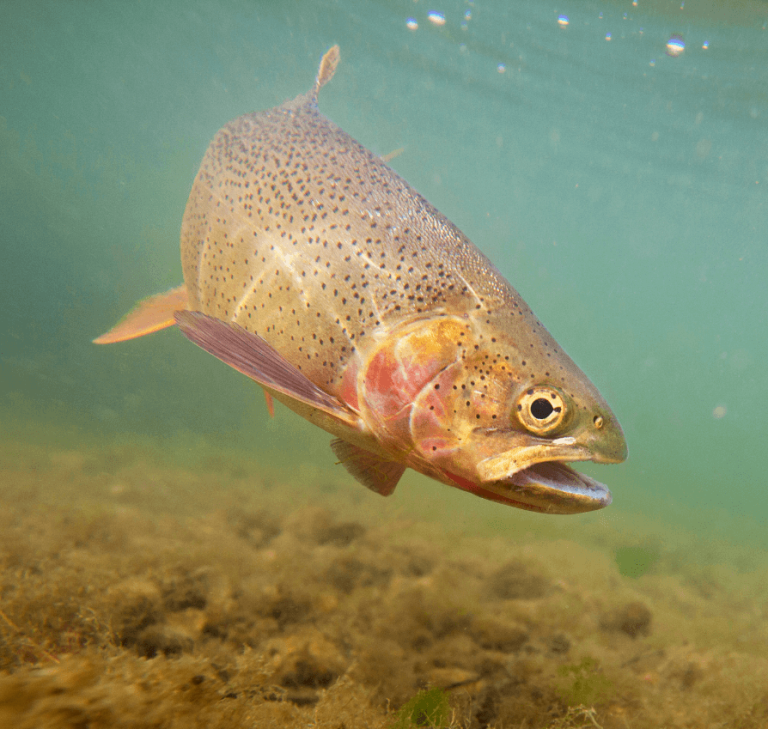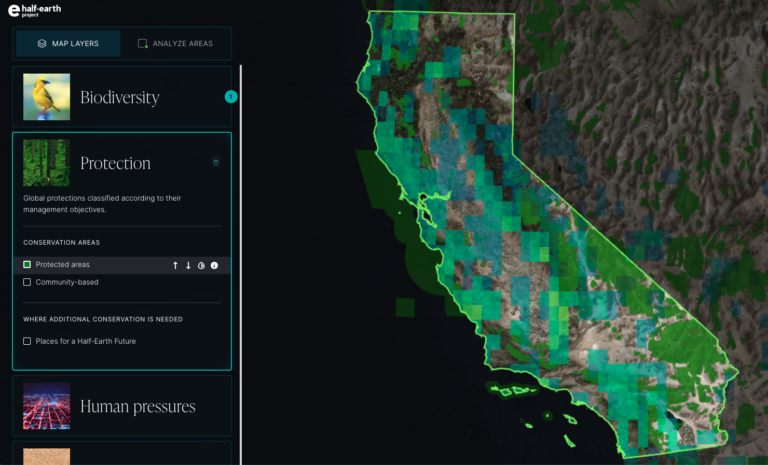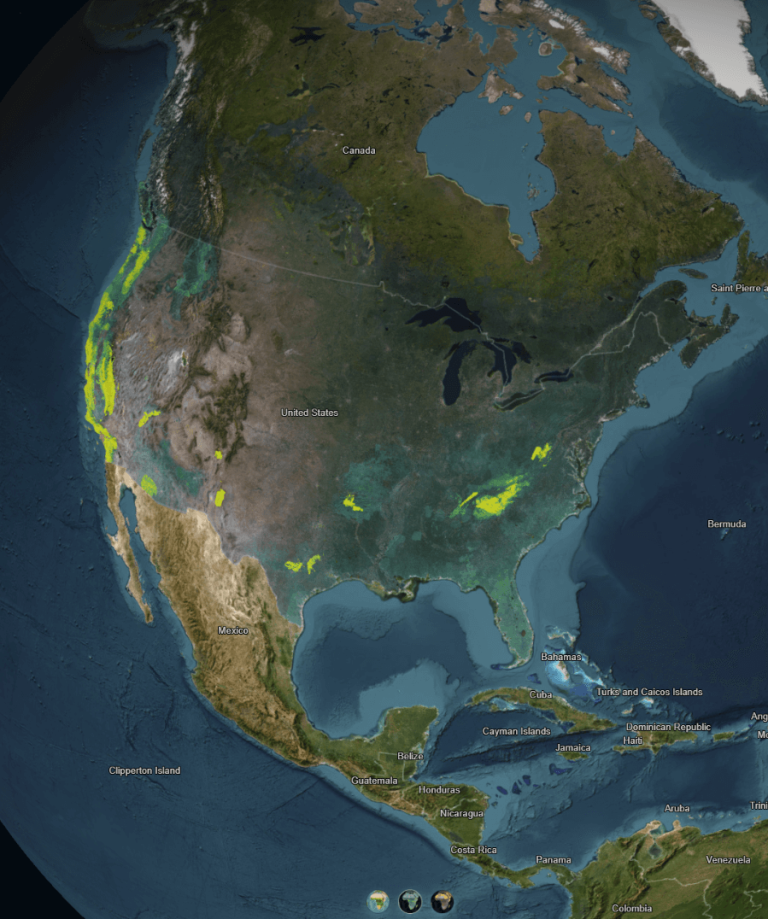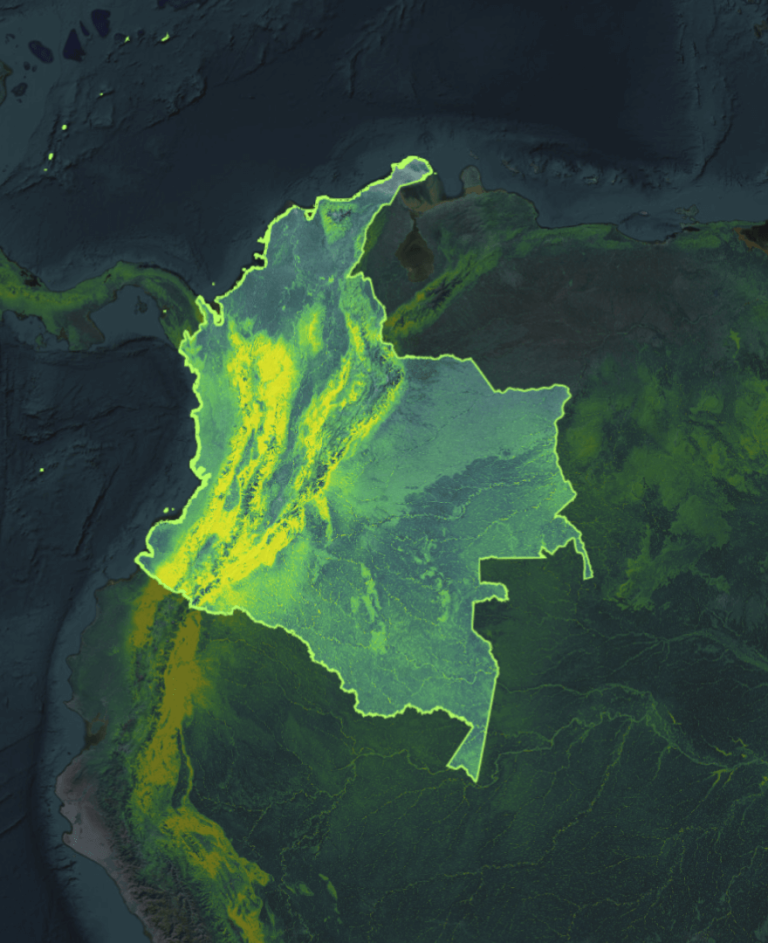Orangutan Conservation with a Half-Earth Approach
Overview
This lesson explores conservation strategies that apply Half-Earth Project principles for protecting orangutans. These Great Apes are among humanity’s closest genetic relatives, and they are critically endangered. In this lesson, students will apply data from the Half-Earth Map and other sources to understand and assess different approaches for conserving the current orangutan population in Borneo.
Subjects
Middle School Life Science, High School Biology, AP Biology, Environmental Science, AP Environmental Science, College Environmental Science, Natural Resources, Ecology, Forestry, Conservation Biology, Environmental Studies, Social Studies
You will need:
Printed Paper maps
Digital map files
Online half-earth map
- DataPlay, Design Challenge, GIS Story Maps, Guided Inquiry, Phenomenal Image, Talks and Lectures, Videos
- Class Period, Homework
- Abundance, Biodiversity Hotspot, Biophilia, Deforestation, Ecoregions, Endangered Species, Featured Ambassadors, Habitat, Half-Earth Project Map, Human Impacts, Irrigated Agriculture, Keystone Species, Land-based Species, Local Communities, Mammals, National Parks, National Report Card, Nature and Culture, Nature Positive, Nature Reserve, Places for a Half-Earth Future, Pressures, Priority Places, Rainfed Agricultural, Recovery, Species Protection Index, Species Range, Species Rarity, Terrestrial
- High School, Middle School
Orangutan Conservation with a Half-Earth Approach
Learning Objectives
- Understand how human activity is affecting the current population of orangutans in Borneo by gathering, analyzing, and applying data from the Half-Earth Map
- Consider and evaluate possible options for protecting this species
Key Terms + Conditions
- Keystone species
- Critically endangered
- Student engagement with authentic research data
- Conservation strategy
- Habitat loss
- Genetic diversity
- Community engagement
- Deforestation
- Species restoration
Lesson Resources
Top tips for Instructors
The video interviews are a great opportunity for students to hear the passion that a conservationist brings to their work, but also the complications in doing conservation work where people have competing ideas for how to use forested land.
The lesson features information from the Half-Earth Map and guides students to think about a variety of conservation action options. Parts of the in-depth lesson can be adapted to be used for shorter classroom sessions or as homework.







